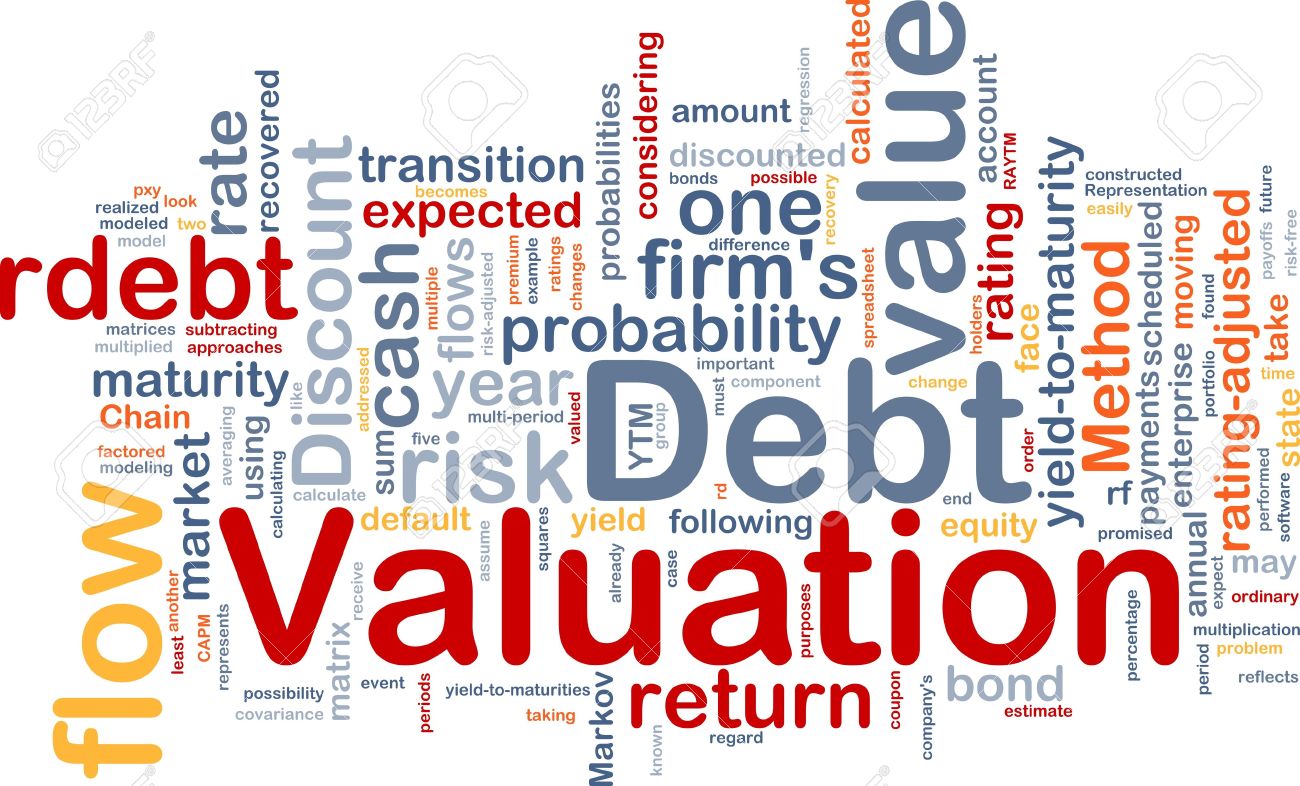Reblog: Stock Valuation Part 2 – Understanding Graham Number

The first part of this post appears here.
Graham Number, an Introduction:
There are different ways of checking if a stock is undervalued at its current price, one of them and largely used is graham number. Graham Number is derived through a mathematical calculation to figure out the discount for any stock. Though it doesn’t work much for new age industries, branded plays, however consider this as a must check before investing into any stock. Sometimes this helps to build conviction too.
What is the ‘Graham Number’?
The Graham number is a figure that measures a stock’s fundamental value by taking into account the company’s earnings per share and book value per share. The Graham number is the upper bound of the price range that a defensive investor should pay for the stock. According to the theory, any stock price below the Graham number is considered undervalued, and thus worth investing in. The formula is as follows:

Breaking Down ‘Graham Number’
The Graham number is named after the “father of value investing,” Benjamin Graham. It is used as a general test when trying to identify stocks that are currently selling for a good price. The 22.5 is included in the number to account for Graham’s belief that the price to earnings ratio should not be over 15 and the price to book ratio should not be over 1.5 (15 x 1.5 = 22.5). It does leave out many fundamental characteristics which make up a good investment, and is not effective for the majority of medium- to large-cap stocks.
For example, if the earning per share is $1.50, book value per share is $10, the Graham number would be 18.37. If the stock price is $16, you should buy the stock as it is seen to be undervalued.
Why Graham Created This Valuation Formula
It’s no secret that Graham was a cheap stock investor who bought baskets of stocks instead of concentrating.
His approach was much mechanical.
His first criterion was cheapness and that was usually enough. But after going through countless stocks, here’s what he says.
Our study of the various methods has led us to suggest a foreshortened and quite simple formula for the valuation of growth stocks, which is intended to produce figures fairly close to those resulting from the more refined mathematical calculations. – The Intelligent Investor
In 3 short bullets, he used the formula himself for;
- Shorthand
- Simplicity
- Estimate of intrinsic value
It’s definitely not the golden rule and it’s not something he went with blindly, but it’s a good approximation and a good starting point to use in your investigation.
After all, Buffett says that
It is better to be approximately right, than precisely wrong.
The original post appears on ride2rich.com by Mastermind and is available here.





